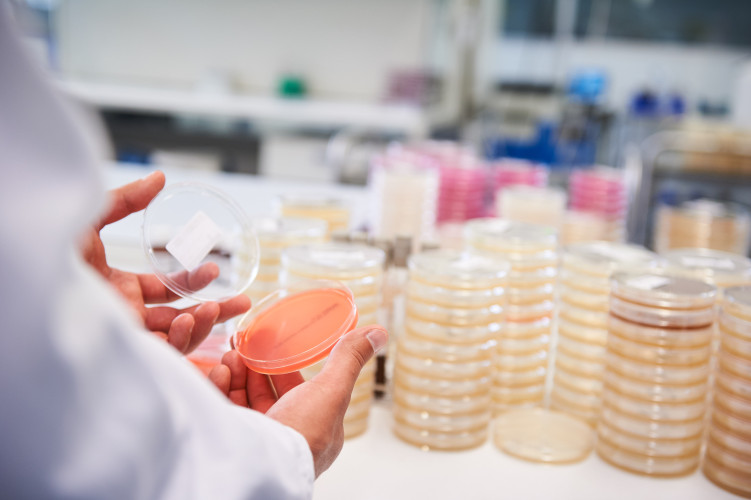News
18.10.2019 - Foods

Microbiological food examinations according to Regulation (EC) 2073/2005
Regulation (EC) No 2073/2005 sets out the microbiological criteria for foodstuffs. As part of this, companies are required to conduct their own microbiological controls. It must be verified whether, for example, food safety criteria in ready-to-eat foods are met for Listeria monocytogenes or salmonella. The same applies to process hygiene criteria for certain food groups for parameters such as Enterobacteriaceae, Escherichia coli, coagulase-positive staphylococci, or Presumptive Bacillus cereus. The points listed here can be used as a kind of checklist for companies to prepare for official controls:
- A sampling plan must be in place that covers all foodstuffs subject to testing
- The specified sampling frequencies must comply with the regulation's requirements
- Any claimed reduction in sampling frequency must comply with the provisions of the regulation (risk analysis, HACCP concept, etc.); with a reduction, the laboratory results and the described measures of the HACCP concept must allow for a reduced sampling frequency
- The self-imposed sampling plan must be adhered to
- Samples must be taken at the correct stage; the sampling times must be representative of the production process
- The correct microorganisms must be investigated (the provisions of the regulation must be observed at least)
- The prescribed analytical methods must be used
- Alternative analytical methods must be demonstrably validated (e.g., according to ISO 16140)
- The results must be within the established limit values
- The incoming investigation results must be demonstrably checked promptly by an authorized and competent person within the company
- Appropriate corrective measures must be established and initiated in case of limit exceedances
- In the case of unsatisfactory results, these corrective measures must be implemented and documented
- Depending on the risk assessment, not only the foodstuffs but also the equipment and facilities must be examined
- The specific requirements for manufacturers of, for example, ready-to-eat foods or dried infant formula must be taken into account
- Trend analyses must be created from the investigation results, from which appropriate hazard prevention measures can be taken in time
Of course, this list cannot cover all control points of monitoring and mainly refers only to the criteria of Regulation (EC) 2073/2005. Beyond that, aspects arising from due diligence or other provisions or recommendations reflecting the current technical state must also be considered.
Our customer advisors are happy to assist you with any questions.
